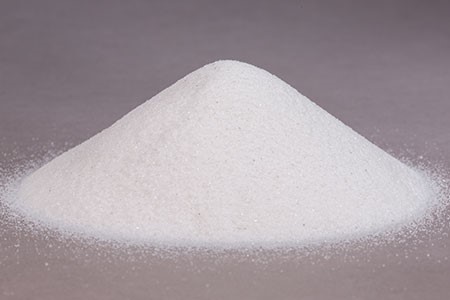 SODIUM FELDSPAR
SODIUM FELDSPARAs a leader in the production of sodium feldspar, Esan continues to provide services to many sectors with its expanding product portfolio and developing...
Details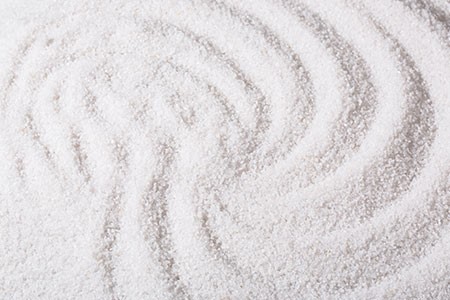 QUARTZ
QUARTZDepending on the purity and crystal structure of quartz, which is the most common mineral in the nature, it is used in many different ways, from ceramic...
Details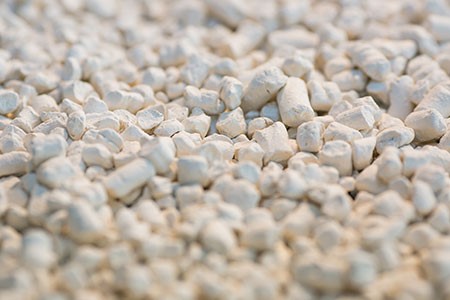 REFINED CLAY
REFINED CLAYRefined clay is obtained with different clays which are found in nature and have various plastic properties.
Details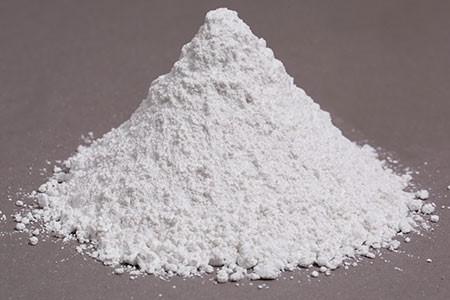 BENTONITE
BENTONITEBentonite, an alumina silicate structure from the clay family, is characterized by its high water adsorption that it compared with other clays. Ca-Bentonite...
Details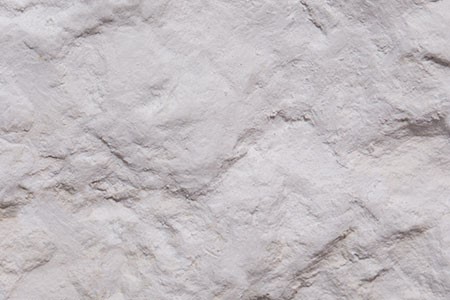 REFINED KAOLIN
REFINED KAOLINKaolen, also known as "China Clay", comes from the clay family and forms primary deposits. It is a mineral with a white firing color in alumina silicate...
Details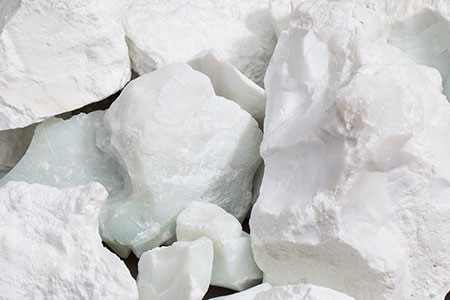 HALLOYSITE
HALLOYSITEHalloysite is a clay mineral which is composed of Al, Si, H and O atoms, double layer and has nanotubular structure.
Details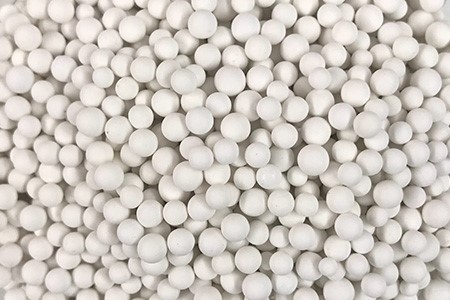 ALUMINA BALL
ALUMINA BALLAlumina Ball is a product formed by cold isostatic pressing of α-Alumina and sintering at high temperature, which is used in dry and wet grinding to reach...
Details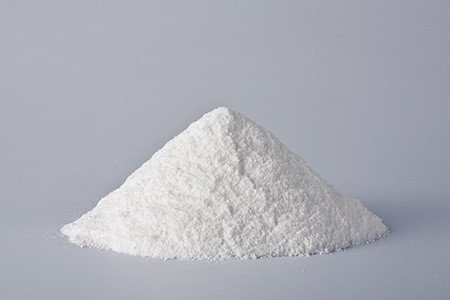 ALUMINIUM OXIDE (Al2O3)
ALUMINIUM OXIDE (Al2O3)Aluminum oxide is one of most used raw material in the world. It can be provided with different grain sizes and purity. It is mostly used in ceramic, frit,...
Details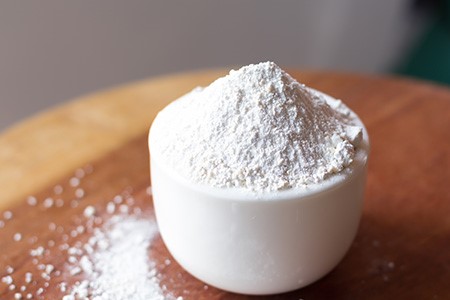 CALSINE ALUMINIUM OXIDE
CALSINE ALUMINIUM OXIDEIt is used in ceramic, refractor, glass, frit, paint and abrasive sectors which is obtained by Bayer process from bauxite and has high purity of 99%.
Details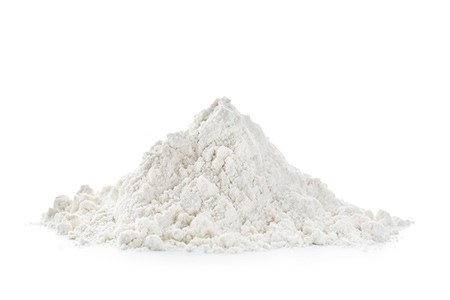 BARIUM CARBONATE (BaCO3)
BARIUM CARBONATE (BaCO3)Barium carbonate is used as a BaO (barium oxide) source in ceramic glazes and fritters. When used in small quantities, it has a gloss-enhancing feature....
Details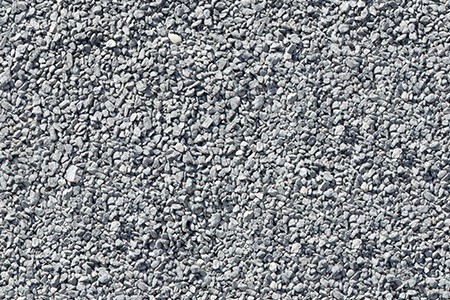 BAUXITE
BAUXITEBauxite is a sedimentary rock with high alumina content. It is the main source of aluminum oxide production in the world.
Details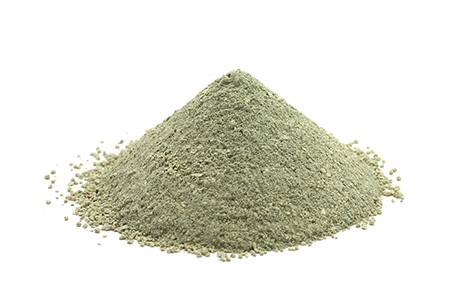 REFLINE KAOLIN
REFLINE KAOLINKaolens are used in ceramic sanitary ware and ceramic tile slip and glaze recipes and their high quality and sufficient casting properties are obtained...
Details UKRAINE BALL CLAY AND KAOLIN
UKRAINE BALL CLAY AND KAOLINUkraine Ball Clays, which is used for both the whiteness and dry bonding resistance used in ceramic tile sector, is offered to customer appreciation with...
Details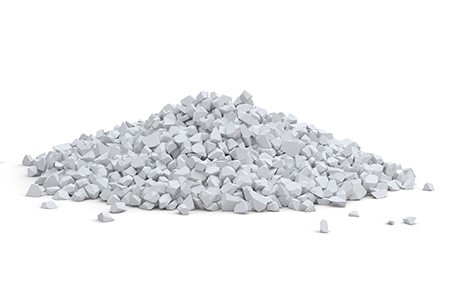 MULLIT
MULLITDue to low thermal expansion coefficient and high thermal shock behavior, it is widely used in refractories. It is used in refractory bricks, mortars,...
Details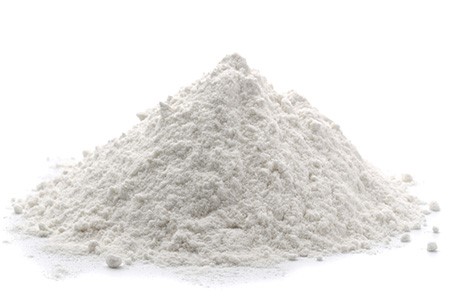 TİTANYUM OKSİT (Rutil, Anataz) (TiO2)
TİTANYUM OKSİT (Rutil, Anataz) (TiO2)TiO2 is a synthetic colorant. It is used in the paint, food and cosmetics industry in order to provide whiteness and opacity. It is in the form of white...
Details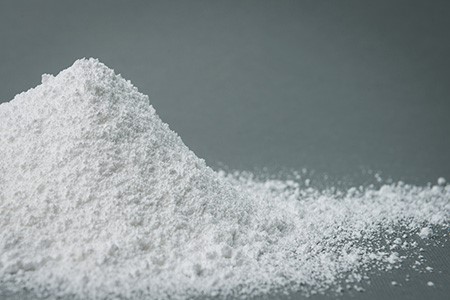 WOLLASTONİT (CaO.SiO2)
WOLLASTONİT (CaO.SiO2)It is used as a source of MgO in ceramic glaze and slip and it is preferred because it does not cause gas output according to MgO sources with other carbonate...
Details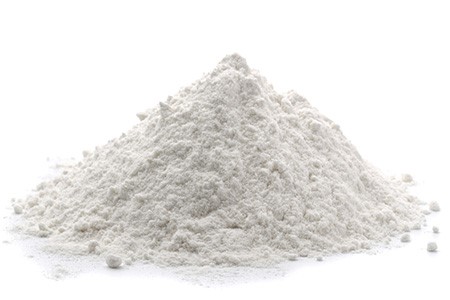 ZİRKONYUM SİLİKAT (ZrO2.SiO2)
ZİRKONYUM SİLİKAT (ZrO2.SiO2)In ceramics industry, it is the indispensable raw material of Ceramic Sanitary Ware and Tile Sector. It is used as opacifier. It is used as an increase...
Details

